What Was Videotex?
Videotex was the Web
In the early 80's large industries and governments around the world made a bold foray into the future with something called "Videotex": interactive digitial online services. Wikipedia: Videotex
Graphical, Consumer-oriented, and Easy-to-use.
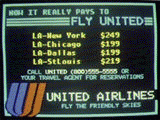
The most "Web-like" of the new digital media applications were the online wired services. The connection of Videotex made it possible to offer a range of highly interactive market services.
There were also a range of slightly less interactive - but still highly dynamic - implementations of this exciting new platform in additional market areas, all of them employing what we would today call a "browser".
One of the first visionary models for the emerging consumer interactive arena was:
The Home Information System Study at Booz-Allen Hamilton in 1981.
Fully Interactive Online
A New Way of Doing Business
Videotex
Many businesses looked to use networked highly-interactive videotex Intranet-likeapplications within the enterprise and also as direct outreach to customers.
Information Retrieval: Bank of America
Product Search: AutoZone
Customer Order Entry / Travel: Chase Travel Services
Employee Services: Citibank CitiVision
Financial Portfolio Management: Dun & Bradstreet
Community Infrastructure: Indiana University
Marketing Support: IBM and Prime Computer
Customer Self-service: Merck
Advertising: BBDO (Dodge & Pillsbury)
Standalone Sites
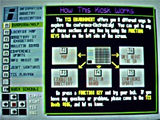
A "non-networked" use of the videotex platform was in the interactive presentation of databased material. This usually took the form of Public Information Kiosks or Point of Sale presentations. Unlimited by the limitations of network bandwidth, standalone sites these units often incorporated Videodisks or other Multimedia.
For Example: Information Industry Association (1986)
Teletext
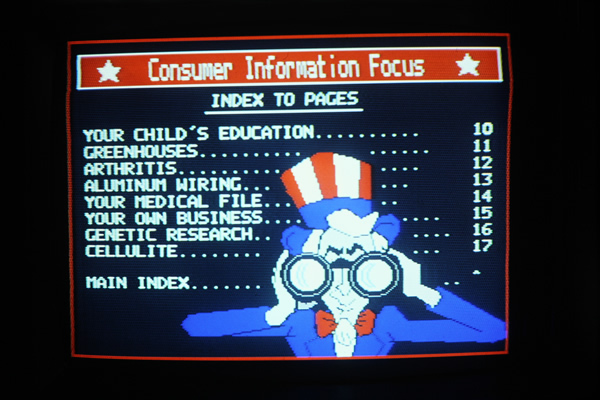
One way to deliver mildly interactive information to the public was to embed the digital pages in the unused Vertical Blanking Interval (VBI) of a Broadcast Television channel, which could then be extracted and displayed when needed. This technique is similar to how we do "closed captioning" on TV.
For Example: NBC Broadcast Teletext (1983)
For Example: WETA (PBS) (1981)
Cabletext
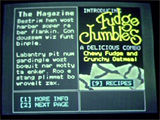
Another variation of Teletext was to fill an entire Cable TV channel with digital pages that could be retrieved by a specialized "reader" device. Though it offered limited interactivity, cabletext allowed immediate access to thousands of pages of information a digital magazine via your settop cable box.
For Example: Time Teletext Cable Magazine (1983)
Electronic Signage

Advances in colorized LED's, memory and support technologies made it possible to place animated electronic displays in a range of public venues: bars, hotels, sports arenas, financial centers, etc. Either networked or standalone, the videotex standard allowed you to produce, store and distribute animated graphical presentations dynamically.
For Example: TransLux (1988)
Multimedia Integration
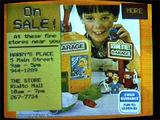
Traditional hi-resolution linear media - like video - also got a technology boost around this time. Videodisks were a big step towards digitally interactive media. This environment required a seamless, easy-to-use visual interface that could handle dynamically changing data and also allow transactional interactivity. The Videotex platform provided all this, plus a networking communications.
For Example: Videodisk Product Catalog (1984)
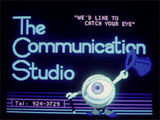
I formed The Communication Studio in 1981 as one of the first interactive design service bureaus in America. Got to work on some of the earliest interactive ventures "before we called it the Web"